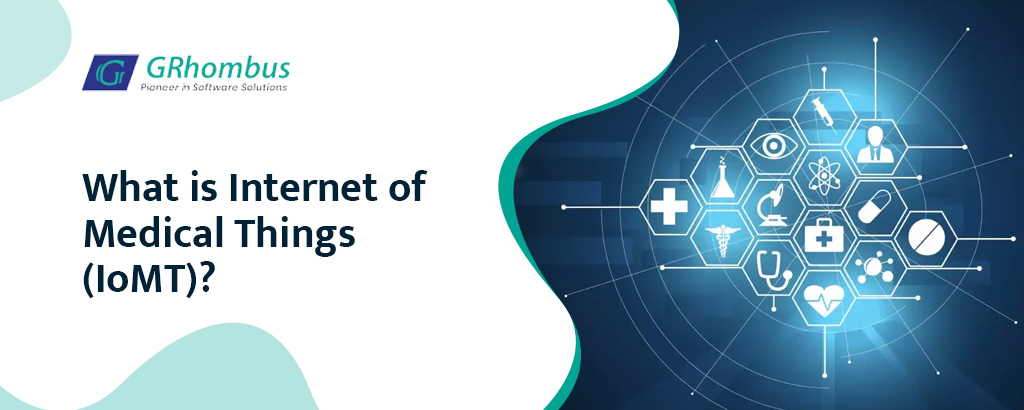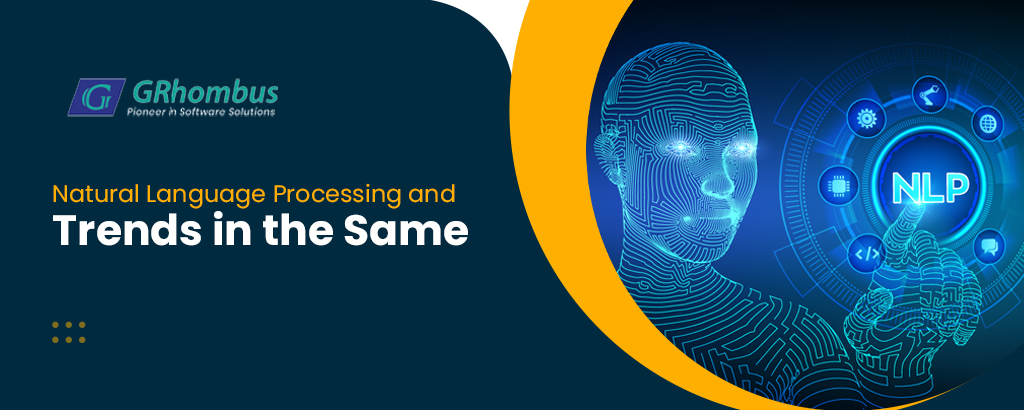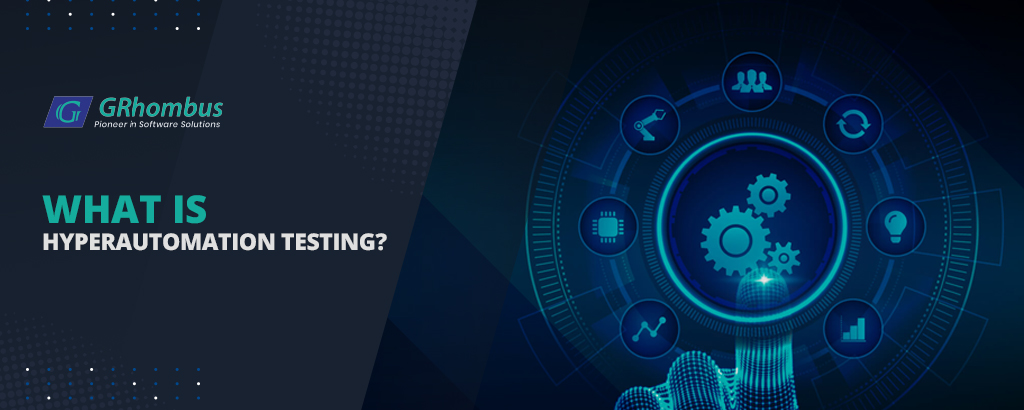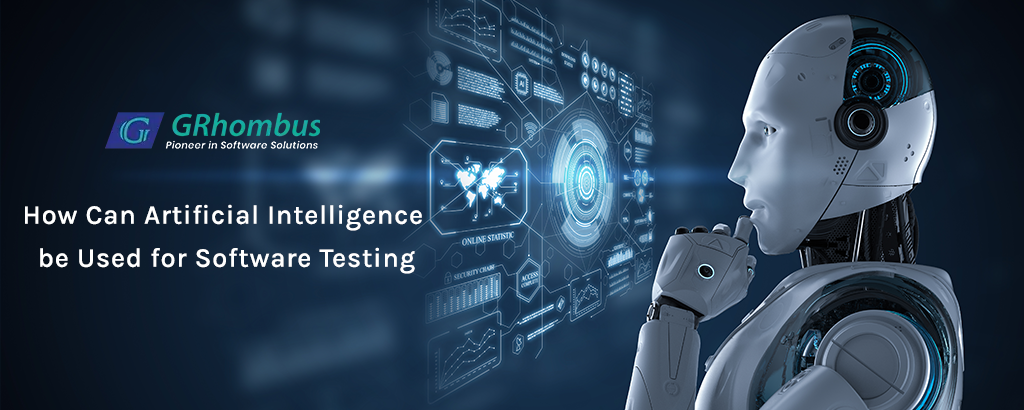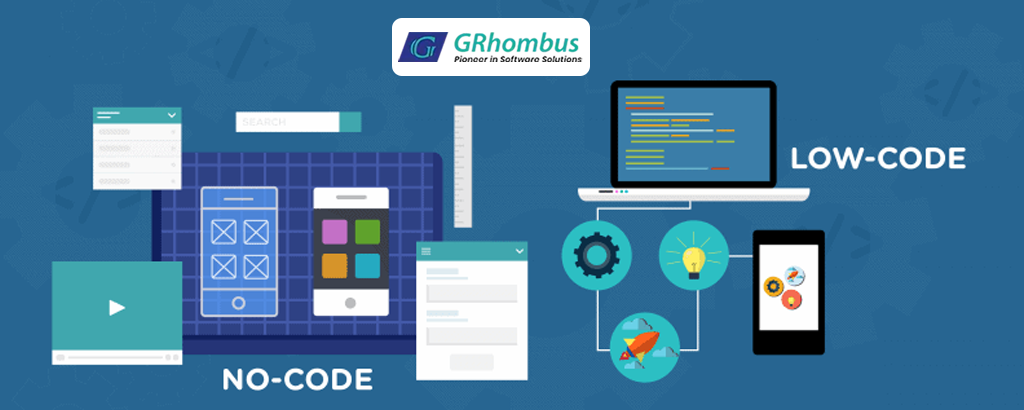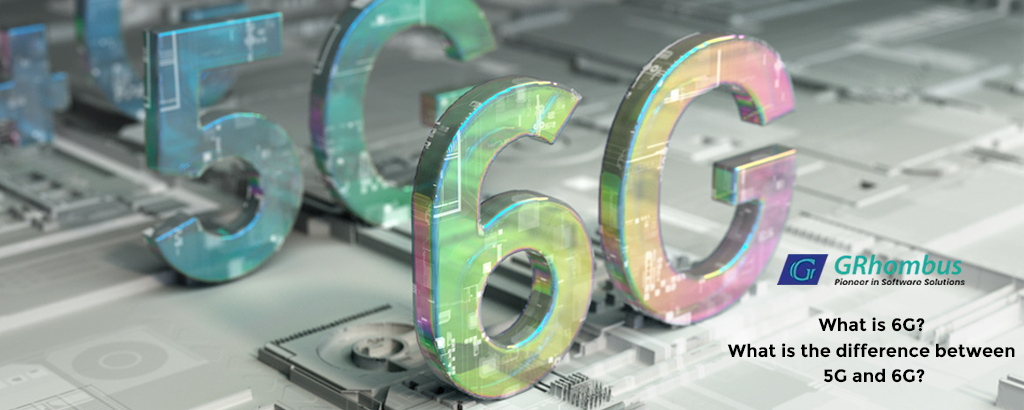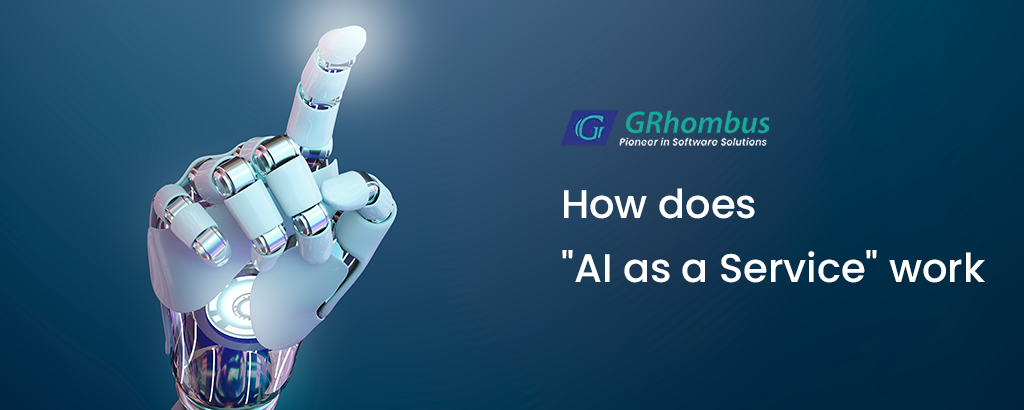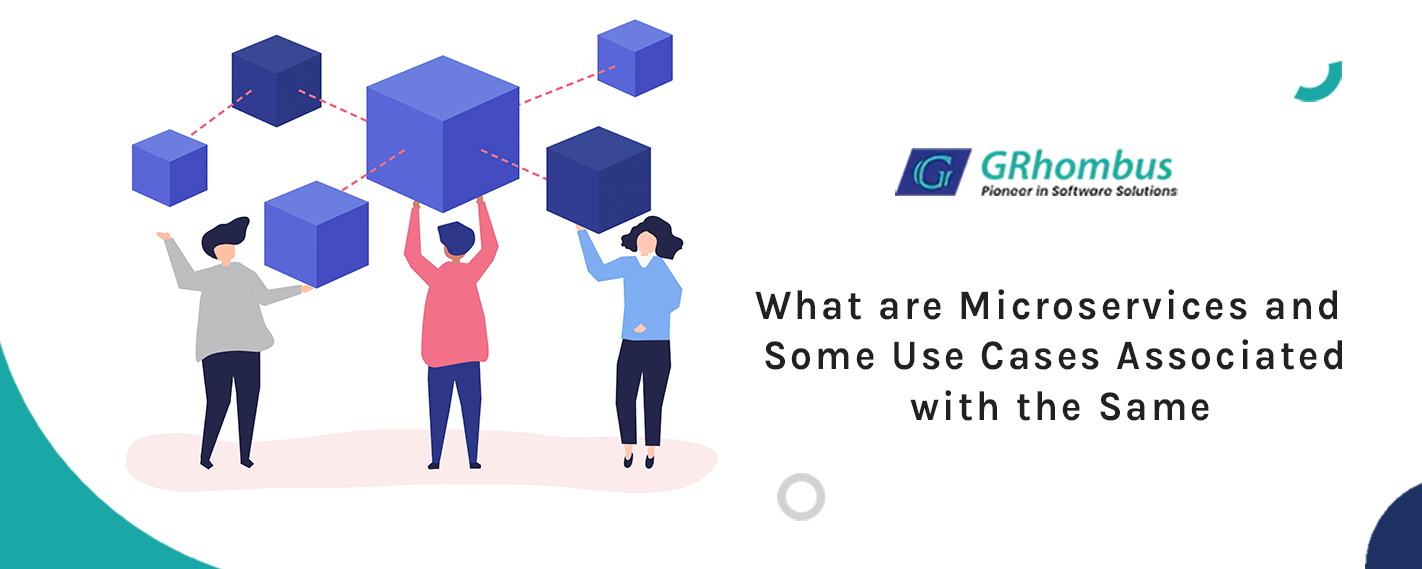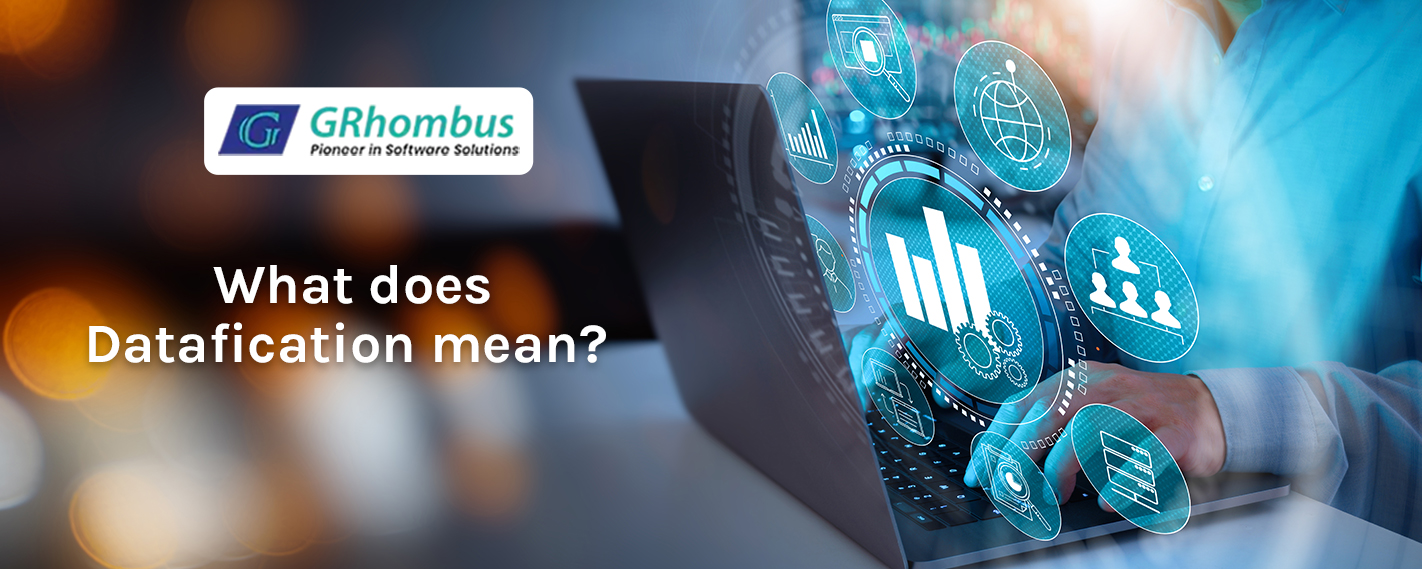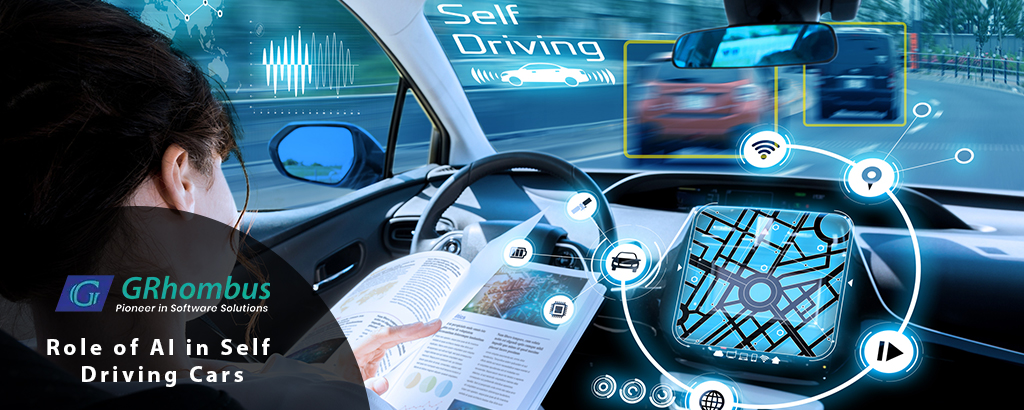It is no secret that India has planned to space flight program and has the idea of sending astronauts to space and the moon. One of the fundamental challenges this will entail is the safety of human life and how to monitor various health conditions of the astronauts in space and in generally ensuring their well being. This is possible with the concept of remote monitoring and is closely related to the emerging field of Internet of Medical Things (IoMT). As the best software development company in USA and a leading cybersecurity company in UK, GRhombus Technologies analyses this emerging field of IoMT.
IoMT has a primary focus on improving healthcare monitoring, delivery and decision making by integrating medical devices and technologies with the Internet. When various medical devices are connected, it enables easy data collection and sharing across media. Further, there is closer patient monitoring and it is possible to go in for a high level of personalization in treatment.
Some examples of IoMT devices include but are not limited to:
- Wearables like fitness trackers and health monitors
- Smart medical implants and automated drug delivery
- Remote patient monitoring and medical alert systems
- Assisted living systems
- Robotic surgery etc.
There are several advantages of IoMT. They are
1. Remote and easy
Gone are the days when a doctor had to be by the patient’s side and undertake rounds. Today, with IoMT, remote monitoring is facilitated. Further, the monitoring is comprehensive with not only the vitals being monitored, but also and advance detection of anomalies and thus helps in proactive and timely intervention.
2. Personalized and improved healthcare delivery
With the various parameters being monitored continuously, there is personalized treatment regimen. Further data can be shared across platforms and healthcare providers easily. Long-term effects and trends based on lifestyle and other factors can also be studied. All this leads to better outcomes for patients, care givers and healthcare professionals.
When treatment is highly personalized, then the medical intervention is more targeted and the success of the outcome is also assured.
3. Research and development
With the availability of ready data, research is facilitated. Right from large size sampling to understanding disease trends across various geographies and age groups, medical research can play a key role in understanding conditions better and even with formulating policies.
4. Collaborative effort
With IoMT, patients and their families and caregivers are more in control as the data is transparent and measurable. This helps healthcare professionals better communicate and collaborate with the patients. Patients can also monitor progress and draw psychological comfort. By being more participative and collaborating to make informed decisions, the overall scope of medical effectiveness and patient empowerment is increased.
5. Cost considerations
With timely intervention, costly medical complications can be avoided as the case is handled before an escalation. Further, resource allocation for patient monitoring is optimized. Patients also need not travel to the hospital from their location. This all adds up to cost effectiveness for all parties.
Overall, IoMT is an emerging field and has excellent scope. While concerns remain around areas like data collection, security, data volume etc., the long-term positive impact and considerations are sure to win when reasonable safeguards are put in place.
Why Grhombus Technologies?
Grhombus Technologies is a leading software testing company in UK and has the best IoT testing experts on its rolls. We bring a layered approach to any IoT solution. Our segment-wise approach ensures that we bring 100% coverage to all IoT systems, right from the hardware and network to the data storage, cloud and final application.
This comprehensive approach has helped us win the admiration of clients and we have emerged to be a leading software development company in UK. Apart from IoT, we also have expertise in a range of services and areas including Devops, Salesforce, EdTech and Cyber security.
